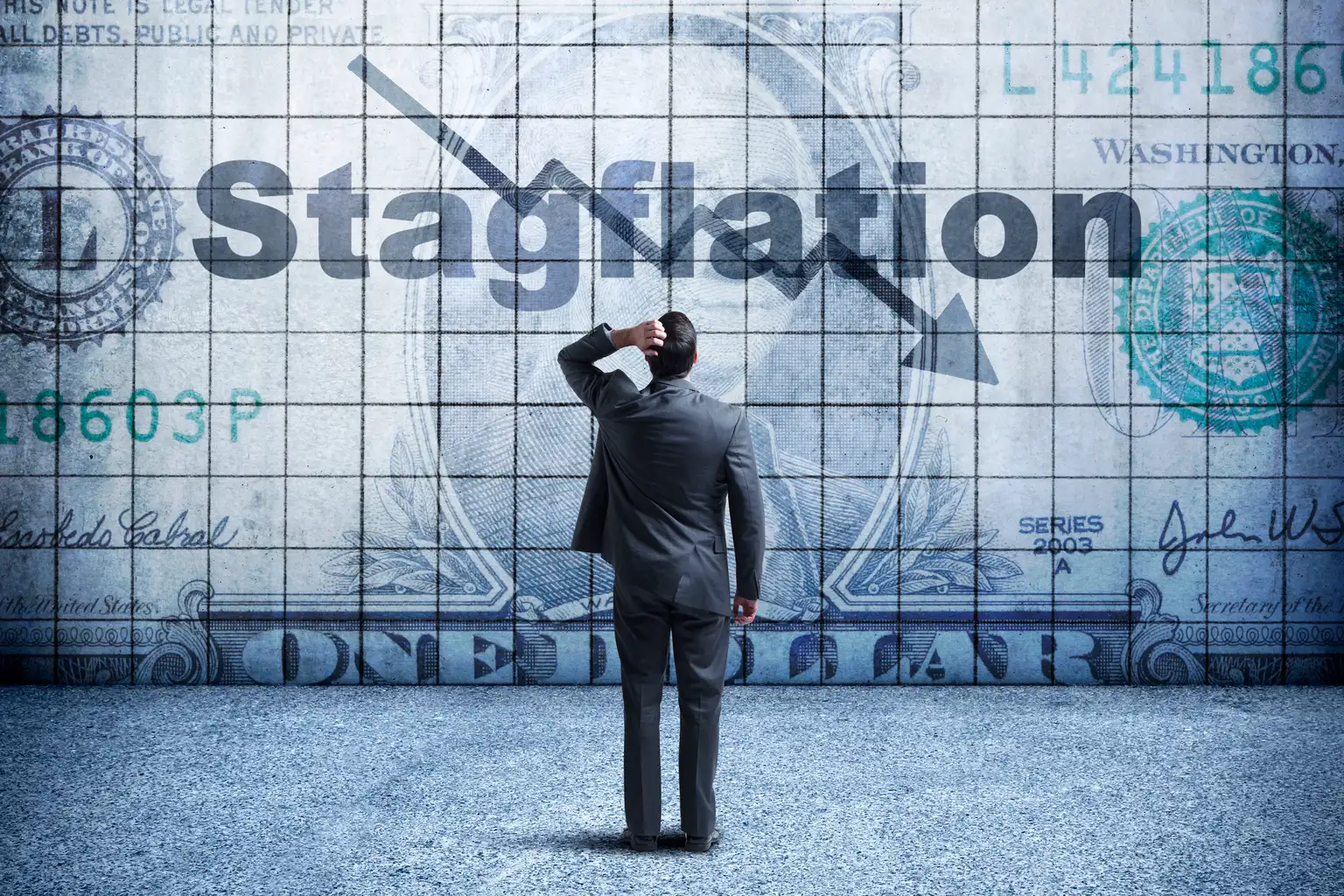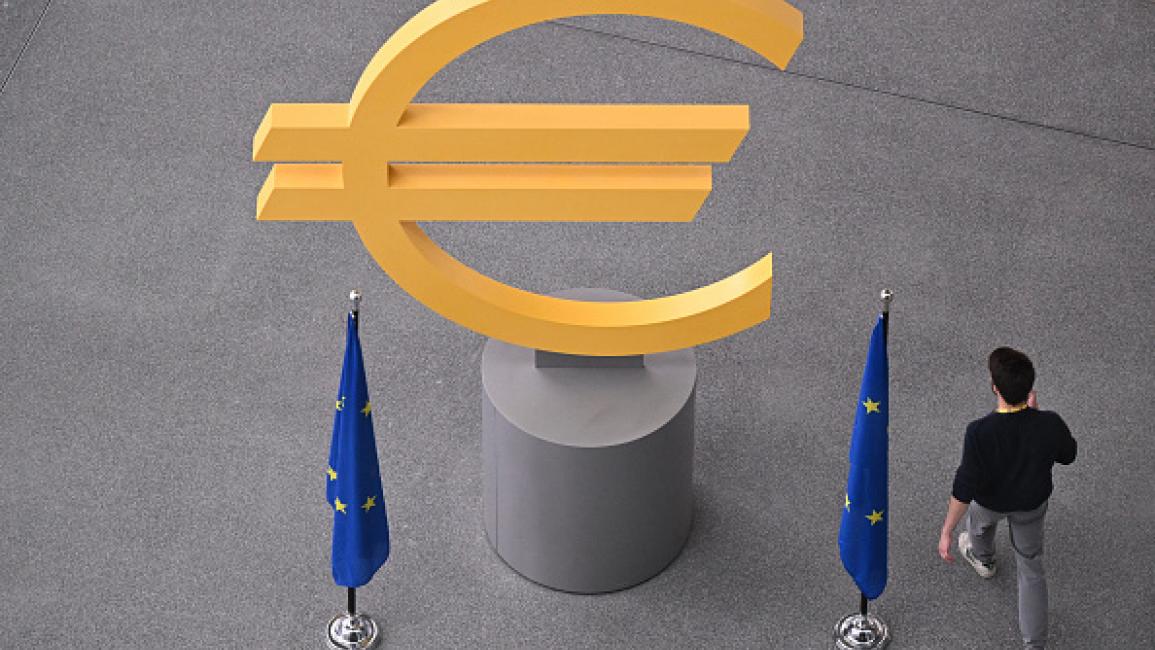Stagflation on the Horizon: Why Investors Fear the Worst-Case Scenario

The term “stagflation” may sound like financial jargon, but for economists and investors, it signals a nightmare: an economy that suffers from stagnant growth and high inflation simultaneously. According to Economy experts, this rare combination undermines the basic tools policymakers use to stabilize markets, leaving businesses and households vulnerable.
While stagflation dominated headlines in the 1970s, the possibility of its return in the 2020s has become a pressing concern. Recent Breaking News reports highlight mounting evidence — slowing GDP growth, persistent supply chain disruptions, and rising energy costs — that suggest the U.S. and other major economies may be heading toward a similar crisis.
Understanding Stagflation
In a healthy economy, inflation and growth often move in balance: prices rise moderately when economic activity is strong, and inflation tends to slow when growth weakens. Stagflation defies this pattern. It occurs when prices continue to climb even as economic growth stalls, creating a “no-win” situation for policymakers.
U.S News analysts explain that traditional monetary policy tools, like lowering interest rates to stimulate growth, can make inflation worse during stagflation. Conversely, raising rates to fight inflation can further slow the economy.
Causes of Modern Stagflation Risks
While the stagflation of the 1970s was triggered by oil price shocks and monetary policy missteps, today’s risks stem from a mix of global and domestic pressures:
-
Supply Chain Bottlenecks – The COVID-19 pandemic and geopolitical tensions have exposed vulnerabilities in global supply networks.
-
Energy Price Volatility – Conflicts in energy-producing regions, coupled with climate policy transitions, have driven unpredictable spikes in oil and gas prices.
-
Labor Market Pressures – Wage growth, while beneficial to workers, can contribute to cost-push inflation if productivity does not keep pace.
The World economic stage is now interconnected to an unprecedented degree, meaning shocks in one region can quickly spread globally.
Investor Anxiety
For investors, stagflation presents a daunting challenge. Equities typically suffer during periods of low growth, while fixed-income assets can be eroded by inflation. Commodities like gold often gain favor as a hedge, but their volatility makes them risky as a long-term strategy.
Trump News coverage shows political leaders debating large-scale fiscal interventions to shield vulnerable industries, though such measures risk adding more inflationary pressure.
Global Implications
If the U.S. experiences stagflation, its impact would ripple across the globe. The dollar’s strength might waver, trade volumes could shrink, and emerging markets dependent on U.S. demand could suffer. International investors may diversify away from U.S. assets, potentially weakening America’s long-standing financial dominance.
Strategies to Navigate Stagflation
Financial advisors suggest a mix of defensive assets, inflation-protected securities, and selective exposure to sectors that can pass on higher costs — such as energy and consumer staples. Flexibility, diversification, and active portfolio management are essential in such uncertain conditions.
In the Economy sector, some analysts believe that technological innovation and targeted policy reforms could mitigate the worst effects of stagflation, though these solutions take time to bear fruit.
Conclusion: Preparing for the Unthinkable
While stagflation remains a possibility rather than a certainty, the convergence of slowing growth and persistent inflationary pressures demands caution. For investors, the key lies in preparing for multiple scenarios, avoiding complacency, and recognizing that the economic playbook for “normal” times may not apply in the years ahead.
The future may not bring a repeat of the 1970s, but the lessons from that era — prudence, diversification, and strategic foresight — remain as relevant as ever.




